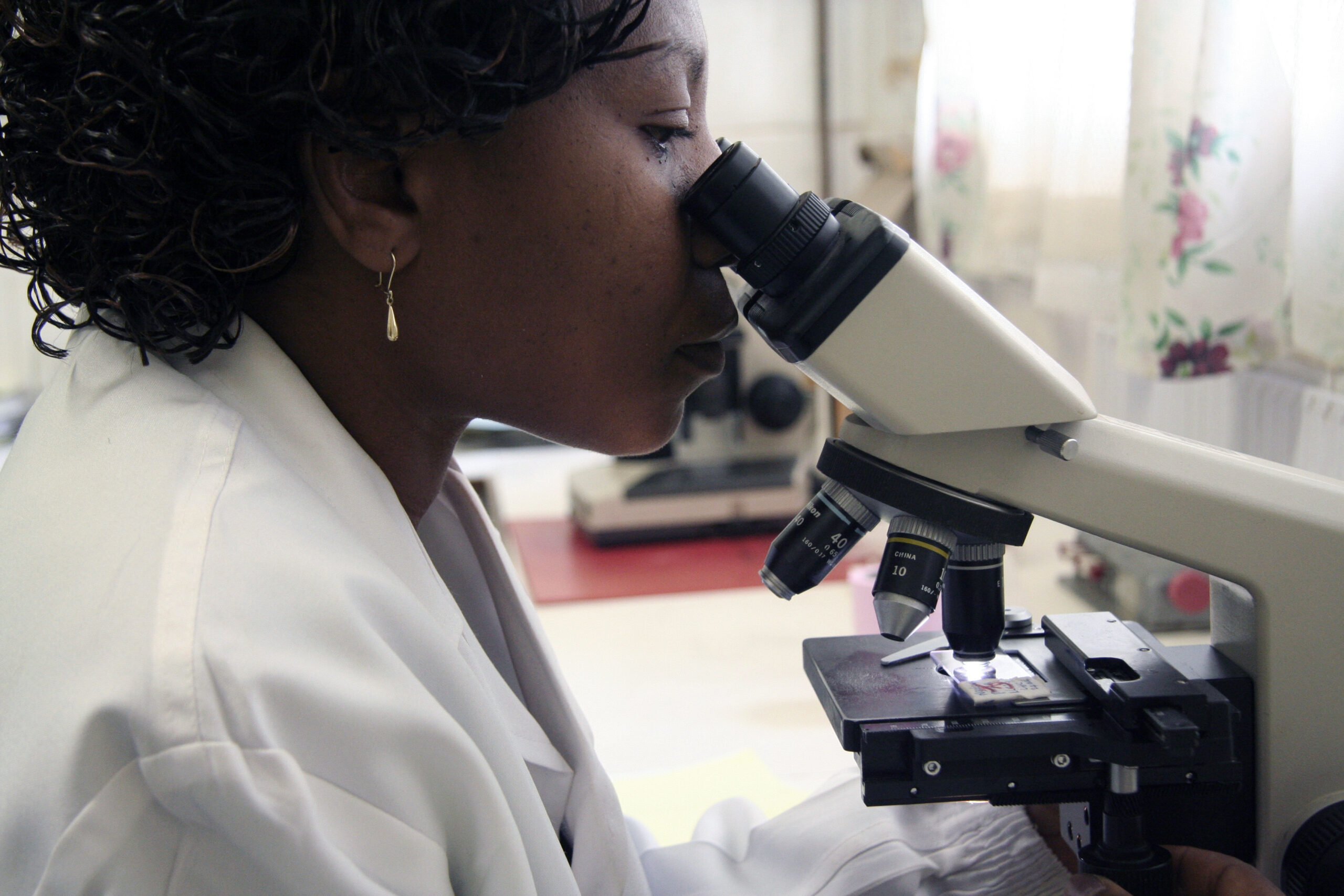
Rotavirus vaccine research in the time of COVID-19

Rotavirus remains a leading cause of diarrheal disease in children, particularly in Africa and Asia. The globally available live, oral rotavirus vaccines are substantially reducing severe rotavirus diarrhea and making a major impact in countries where they have been introduced. However, these vaccines don’t work as well in places where rotavirus burden is highest. While they do protect children from life-threatening diarrhea, they prevent illness in children only half of the time. New vaccine approaches have the potential to better protect infants in these settings from rotavirus diarrhea.
One such approach are non-replicating rotavirus vaccines (NRRVs), which are injected instead of given orally and may provide superior protection against disease. The most advanced NRRV candidate, called trivalent P2-VP8, is expected to provide broad protection against rotavirus at an even more affordable price than the currently available oral rotavirus vaccines, potentially facilitating uptake in countries with the highest burden and freeing up funds for other health priorities.
In late 2019, I was thrilled when we began a Phase 3 study in Zambia in collaboration with PATH and clinical sites in Ghana and Malawi to evaluate the efficacy of this vaccine candidate relative to one of the licensed, live oral vaccines, ROTARIX®. Little did we know then that the world would change just a few months later with the COVID-19 pandemic.
 Blog author Dr. Caroline Cleopatra Chisenga is a lead rotavirus vaccine researcher at the Centre for Infectious Disease Research, Zambia (CIDRZ).As COVID-19 spread throughout the world, clinical research grappled with how to best keep participants safe from a new infectious disease. In March 2020, the study partners made the decision to pause the study in order to protect infants, their families, and our communities from COVID-19.
Blog author Dr. Caroline Cleopatra Chisenga is a lead rotavirus vaccine researcher at the Centre for Infectious Disease Research, Zambia (CIDRZ).As COVID-19 spread throughout the world, clinical research grappled with how to best keep participants safe from a new infectious disease. In March 2020, the study partners made the decision to pause the study in order to protect infants, their families, and our communities from COVID-19.
While the study was paused, our work behind the scenes kept going. The study team unblinded the data on participants who had been enrolled in the study, so we knew which vaccine product they received. This allowed us to ensure that all infants received two doses of ROTARIX vaccine to protect them from rotavirus, the standard of care in Zambia. We then followed these participants for 30 days after their second dose of ROTARIX to monitor for safety. Additionally, we held refresher trainings, continued refining study procedures, and closely monitored the progression of the COVID-19 pandemic in our country to determine when it would be safe to resume this important study. We developed new guidelines and procedures in our clinics to mitigate COVID-19 risks such as the use of appropriate personal protective equipment by staff and mask wearing for parents and guardians, COVID-19 symptom screening, the creation of handwashing stations, the use of physical distancing strategies at the clinics, and increased cleaning of facilities. We also rigorously trained staff on their implementation to ensure the safety of participants and their families, staff, and the community.
Nearly a year following the study pause, we safely restarted this pivotal study in Zambia in March 2021, with the sites in Ghana and Malawi expected to begin soon. Throughout the past year, the global health community has learned what works to minimize COVID-19 risk and new vaccines are gradually being made available to countries to prevent COVID-19. However, we also know that vaccine-preventable childhood diseases have not gone away during this pandemic. Rotavirus remains a threat to the health of young children and it is essential to continue research to prevent an increase in morbidity and mortality from non-COVID-19 causes. I am once again proud of the part I am playing in this study because if this vaccine is successful, it has the potential to save many more lives.


